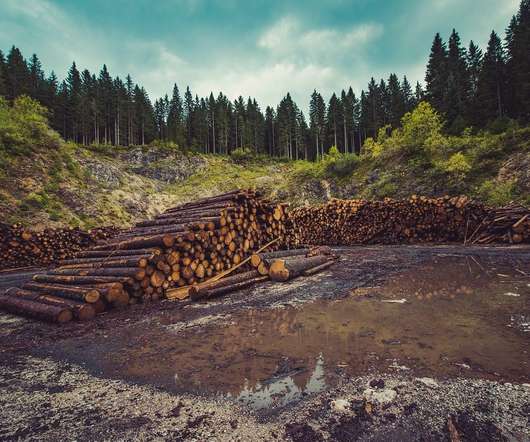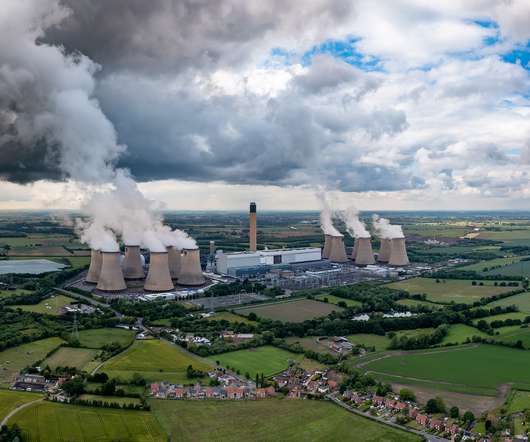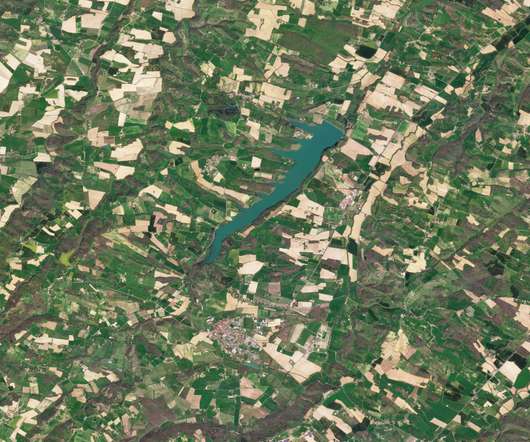The IEA’s New Net Zero ‘Roadmap’ is Dangerously Reliant on Destructive Bioenergy
DeSmogBlog
JUNE 1, 2021
Converting land to biofuel production can have a disastrous impact on both the climate and biodiversity. But when an energy company burns millions of tonnes of wood sourced from clearcutting trees in highly biodiverse forests in a power station, all their energy is classified as “modern bioenergy” and therefore by definition “zero carbon”.
















Let's personalize your content